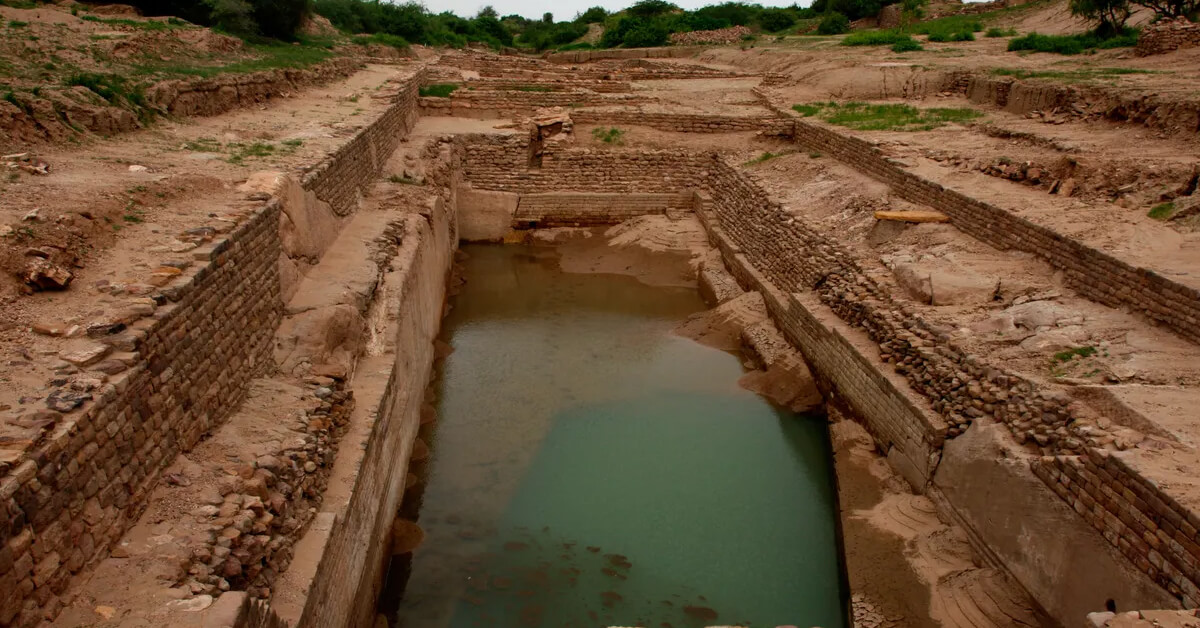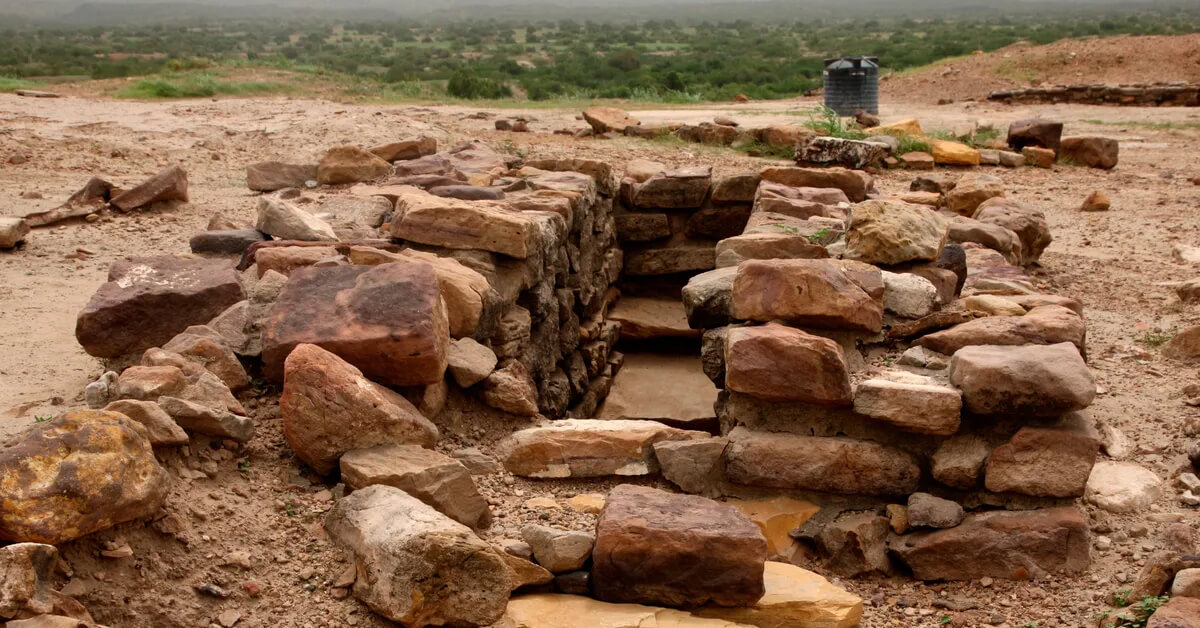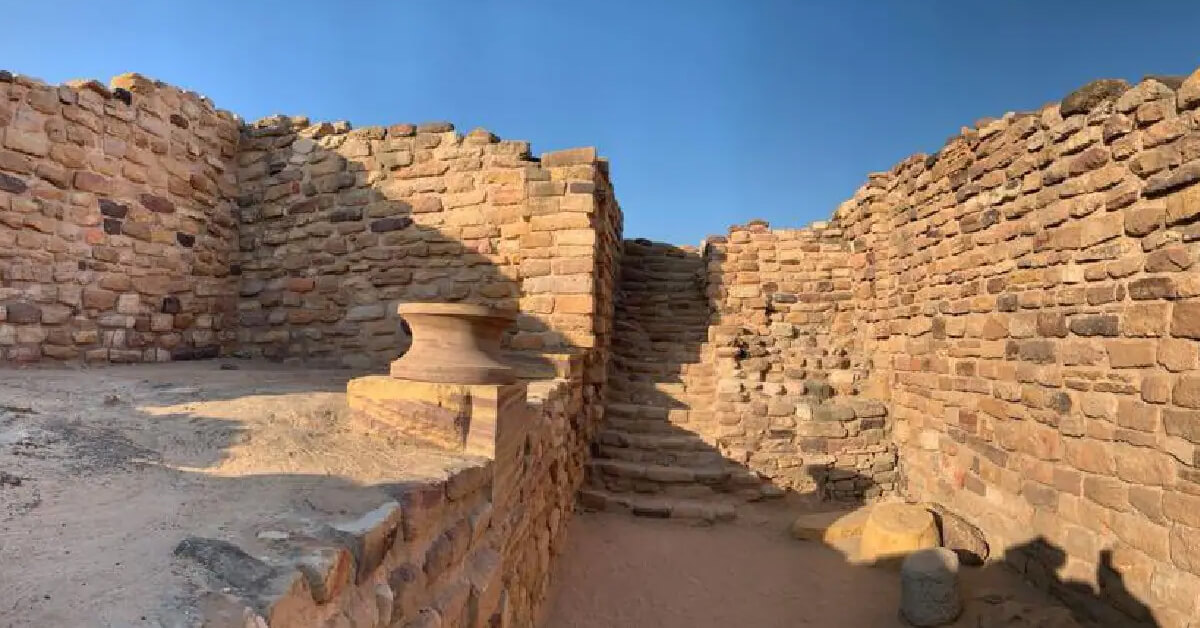Kutch, located in the western Indian state of Gujarat, is a region renowned for its stunning landscapes, rich cultural heritage, and vibrant festivals. The 2N/3D Kutch Tour Package offers an immersive experience, allowing travelers to explore the mesmerizing salt flats of the Rann of Kutch, the serene beaches of Mandvi, and the unique local traditions. This blog will guide you through what to expect on this unforgettable journey.
Day 1: Arrival and Exploration of Kutch
- Kalo Dungar (Black Hill): After settling in, head to Kalo Dungar, the highest point in West India. Here, you can enjoy panoramic views of the Great Rann and the surrounding landscape.
- Sunset at White Rann: As evening approaches, proceed to the White Rann to witness a breathtaking sunset. This is a perfect opportunity to capture stunning photographs against the backdrop of the vast salt desert.
- Cultural Evening: Return to your accommodation for dinner and enjoy local activities such as Kutchi folk dance and music, immersing yourself in the vibrant culture of Kutch.
Day 2: Temples and Beaches
- Mandvi Beach: After your temple visits, head to Mandvi for some relaxation by the beach. Here you can enjoy water sports or simply unwind on the sandy shores.
- Check-in at Mandvi Resort: Spend the night at a local hotel or resort in Mandvi, where you can enjoy delicious meals featuring authentic Gujarati cuisine.
Day 3: Cultural Heritage and Departure
- Shyamji Krishna Verma Memorial Park: This park is dedicated to a prominent figure in India's freedom struggle and offers insights into his life and contributions.
- Bhuj Sightseeing: After lunch, travel back to Bhuj to visit notable attractions such as Aina Mahal and Prag Mahal, which showcase exquisite craftsmanship and history.
- Street Food Experience: Before concluding your tour, indulge in Bhuj’s street food scene. Don't miss trying local delicacies like Kutchi Dabeli.
Why Choose This Tour Package?
Key Features:
- Comfortable accommodations in traditional bhungas and resorts
- Guided tours with knowledgeable local guides
- Opportunities for cultural immersion through dance and music
- Scenic views from Kalo Dungar and sunset at White Rann



